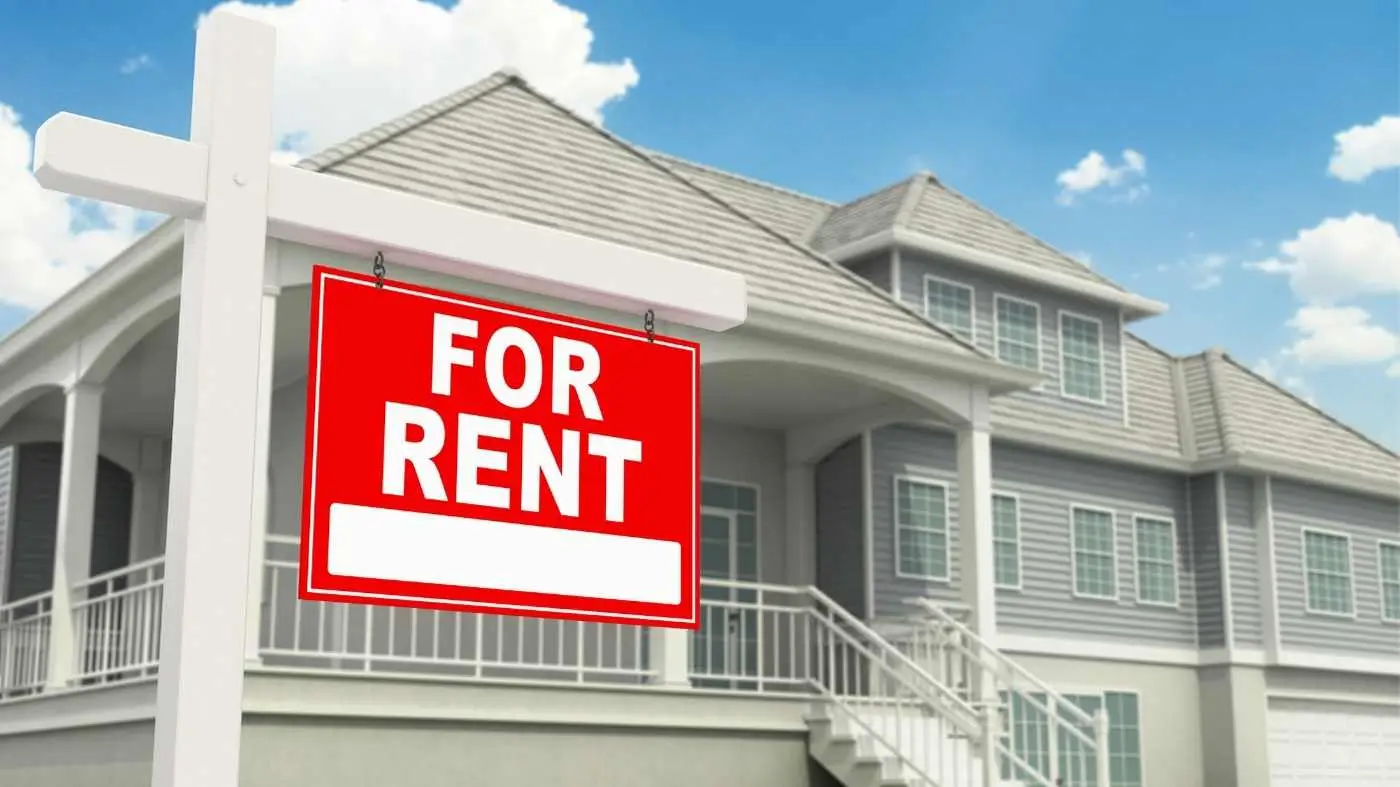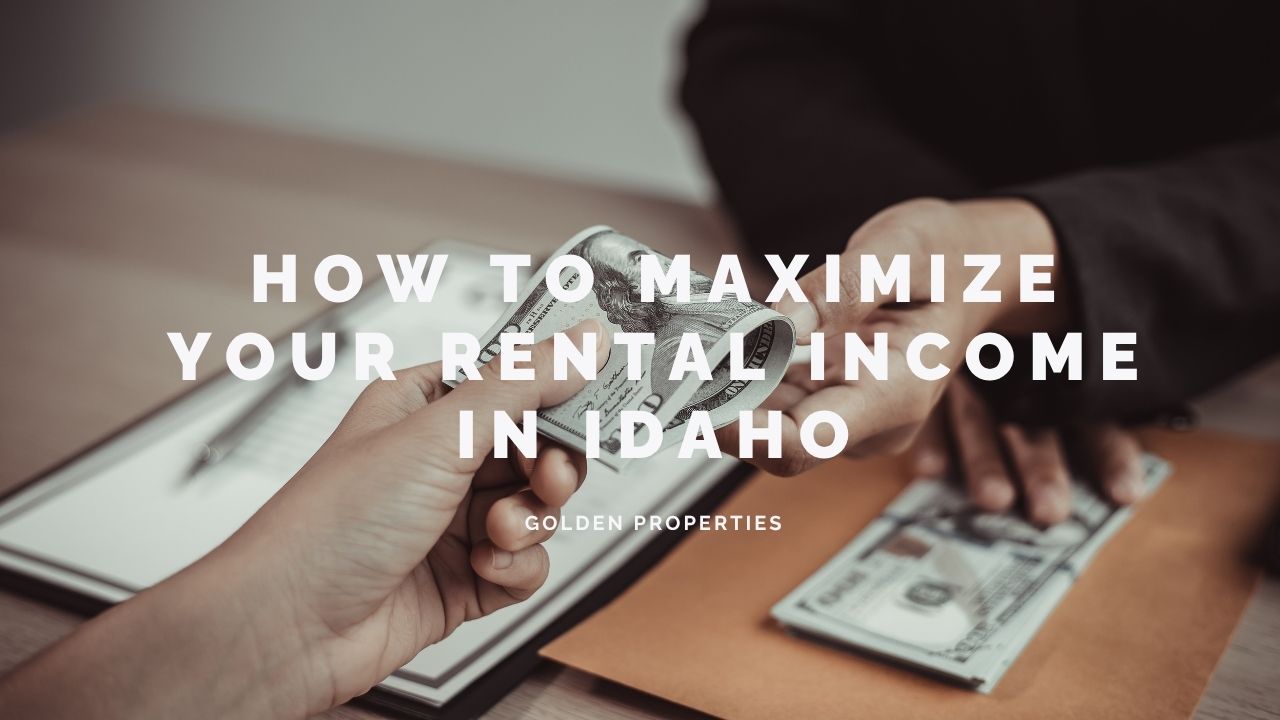Whether you’re a first-time landlord or a seasoned real estate investor in Idaho, your goal is simple: earn the most you can from your rental property without unnecessary stress or risk. But many property owners make the mistake of thinking the best way to increase income is to charge the highest possible rent. In reality, maximizing rental income involves a more strategic and balanced approach that blends competitive pricing, tenant quality, and smart property management practices.
Watch the video below, then keep reading for a detailed breakdown of each tip and how you can implement them in your own rental business.
1. Pricing Your Rental Property Strategically
It might seem like it would make sense to charge the highest rent possible, especially in a competitive market. However, overpricing can lead to longer vacancy periods, something that quickly eats away at your bottom line.
Every day your property sits empty, you’re losing money in the form of missed rent, ongoing utility bills, and other holding costs.
The key is to find a rent price that strikes the right balance: high enough to generate strong returns, but low enough to attract multiple qualified applicants. This increases your chances of finding a responsible, long-term tenant quickly.
Action Tip: Research comparable rental listings in your area using platforms like Zillow, Rentometer, or local property management websites. Stay informed on average rent prices in your Idaho neighborhood and adjust accordingly to stay competitive.
2. Minimize Vacancy Periods
Vacancies are one of the biggest hidden costs in rental real estate. Many landlords focus on maximizing monthly rent but overlook how long the property remains unoccupied between tenants. A slightly lower rent that keeps your property consistently occupied often outperforms a higher rent that leads to frequent turnover.
Example: Let’s say you charge $1,500/month but wait two months for someone to pay that rate. You’ve lost $3,000. If you had priced it at $1,400 and rented it out immediately, you’d already be ahead.
Vacancies also come with other costs: cleaning, advertising, utilities, and sometimes repair work that might not be needed if the tenant stayed long-term.

3. Select Tenants Carefully
Even more important than the rent price is choosing the right tenant. A reliable tenant who pays on time, follows lease terms, and takes care of your property is worth their weight in gold. On the other hand, a tenant who pays late or causes damage can quickly turn a profitable rental into a financial drain.
Attracting high-quality tenants starts with your screening process, but it’s also influenced by your rent pricing. If your rent is priced too high, you’ll limit your pool of applicants, possibly pushing away great tenants who can find better value elsewhere.
What to Look For in a Good Tenant:
Stable income and employment
Clean rental history
Positive references from past landlords
No history of evictions
Responsible communication
Action Tip: Use a consistent and fair screening process that includes credit checks, background checks, and verification of income. If you’re unsure, consider partnering with a property management company that has the tools and experience to screen tenants properly.
4. Keep Maintenance Under Control
Frequent repairs can be a major expense, and they often indicate either poor property conditions or tenant negligence. One of the best ways to protect your income is to stay ahead of maintenance issues. Proactive care can reduce large-scale repairs and extend the life of your appliances, plumbing, HVAC and more.
Tips for Lower Maintenance Costs:
Schedule seasonal inspections (fall furnace checkups, spring plumbing inspections, etc.)
Provide tenants with a simple way to report issues early
Conduct regular walkthroughs during lease renewals
Set clear expectations for tenant responsibilities (e.g., changing air filters)
Well-maintained properties are also more attractive to renters, allowing you to charge slightly higher rents and reduce turnover.
5. Focus on Long-Term Stability
Ultimately, the best way to maximize your rental income in Idaho isn’t by chasing the highest rent, but by building a consistent, long-term revenue stream. That means reducing turnover, keeping tenants happy, and protecting your investment through careful management.
When you focus on attracting and retaining the right tenants, you’ll enjoy:
Fewer vacancies
Less damage to the property
Lower turnover costs (cleaning, repainting, advertising)
Predictable monthly income
This approach creates stability and frees up your time, making rental property ownership more rewarding.
Final Thoughts
Maximizing your rental income in Idaho is not about setting the highest possible rent—it’s about making smart, strategic decisions that pay off in the long run. By pricing your property competitively, minimizing vacancies, maintaining your property proactively and selecting reliable tenants, you’ll create a steady stream of income and reduce the risks associated with rental ownership.
Need help managing your property or finding high-quality tenants in Idaho? At Golden Properties, we specialize in helping landlords like you get the most out of their investments, without all the headaches.
📞 Contact Golden Properties today to learn more about how we can help you grow your rental income the smart way!


